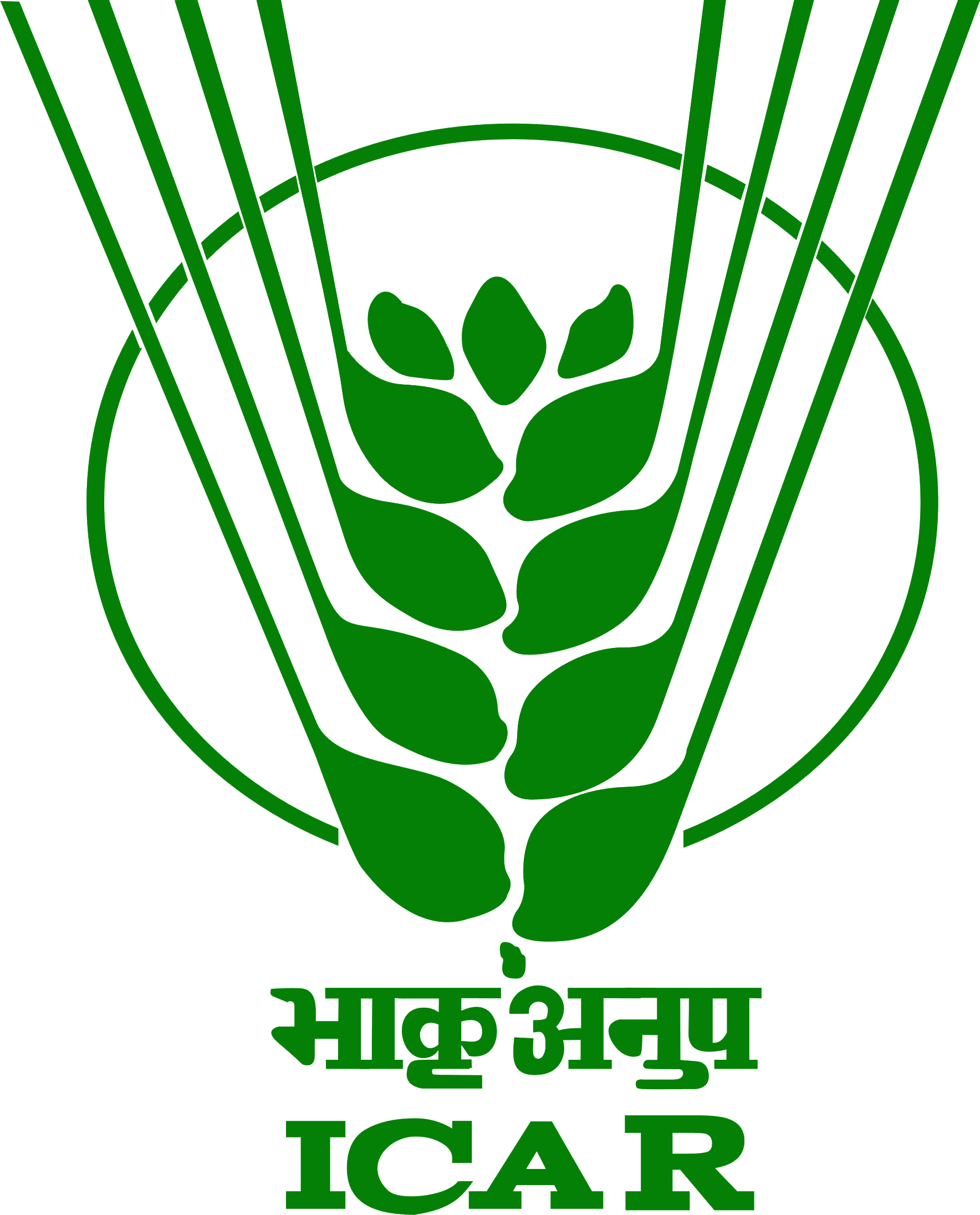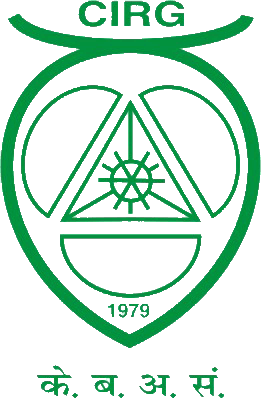



Select Language
|
 |
 |
All India Coordinated Research Project on Goat Improvement |
 |

|
Marwari Field Unit, Rajasthan Univ. of Veterinary & Animal Sciences, Bikaner, RajasthanPrincipal InvestigatorDr. G. C. Gahlot, Professor (Animal Genetics and Breeding) Activity assigned and targets fixed for each activity during the periodThe Unit was assigned job to implement programme in Marwari Goats, record the pedigree and performance in framers flock, build capacity of farmers, select goats for future breeding, implement technologies as per technical programme, Collection of data on socio-economics and managemental practices and Evaluation of role of women in goat rearing in the area. Following were the work assigned to them for the year under report.
The Unit should implement the technical programme of the project in consultation with PC and select three new clusters in as many districts of area of evolution of the breed. Activity carried out during the periodThe performance recording on pedigree, growth, milk yield, reproduction, health etc. were carried out on each of 4 clusters adopted under the project. Prepared Annual Prophylactic Health Calendar suitable for the area. Necessary vaccination and health control measures were taken up. The Elite bucks were distributed to registered farmers. Selection of kinds were made on the basis of multiple birth and body weight. Detailed AchievementsThe Marwari unit located at RAJUV&AS, Bikaner had four village centres i.e. Deshnoke, Daiya, Kalyansar and Raisar. The work carried out at different centres has been documented in the report for the year 2013-14. Four centers are functioning at Deshnok, Daiya, Kalayansar and Raisar villages in Bikaner district. The new cluster in Kan Singh Ji Ki Sid with about 500 goats does in the Jodhapur district approximately 100 km away from the head quarter was adopted during this financial year. Thus the unit is now working in five clusters from distant corners of breeding tract so as to explore maximum genetic variation available in the breeding tract. In addition to these clusters, the Buck rearing/Germ plasm Center is also functioning at Livestock Research Center, Kodemdeshar for rearing of elite bucks for distribution to the farmers in the field unit area. Flock Statistics The flock statistics of Marwari field unit has been presented in Table 1. The opening balance as on 1-4-2013 was 3066 and closing balance was 2993 as on 1-4-2014. The overall population growth was 93.46 %. Highest numbers of goats were at Deshnoke centre followed by Kalyansar and Raiser.
Body WeightBody weights for different stages of growth were recorded and are presented in Table 2. Body weights for different stages of growth were recorded and are presented in table 2. The body weight at different stages of growth at 3 month, 6 month, 9 month 12 month and more than 12 months were 8.47±0.13, 14.01±0.21 kg, 19.05±0.29, 26.18±0.40, and 32.74±0.64, respectively. The heritability of body weights ranged from 0.059±0.168 to 0.953±0.085 at different stages of growth. It was highest for the 3 months body weight (0.953±0.085) followed by 6 month (0.782±0.103) and 9 month (0.340±0.204) of age. The lowest heritability was observed for the adult group. The result indicates that selection of males and females will be done first at 3 months body weight and final selection will be done on 6 months body weight. Table 2: Least squares means for body weight (kg) in Marwari goats
Milk ProductionThe average milk yield was 41.29±0.59, 79.48± 1.99, 112.76±3.99, 140.09±6.71, and 163.01±5.46 liters, respectively at 30, 60, 90,120 and 150 days of lactation. The total milk yield was 143.91±3.29 lit in 89.24±2.05 days of lactation length. The milk yield per day of lactation length ranged from 0.81±0.031 to 1.32±0.024 (1.18±0.018) lit/day in Marwari goats under field condition (Table 3).
ReproductionThe average age at first service was 231.29±1.07 days which ranged from 221.10±0.81 to 238.80±1.07 days in different clusters of the field unit. The average age at first kidding was 383.29±1.07 day (373.10±0.81 to 39.80±1.07days) at different locations. The kidding interval ranged from 210.00±1.12 to 228.42±1.47 days (221.61±2.40 days). All the reproductive traits are significantly affected by location and different years indicative that management conditions were different over the years in different locations (Table 10.4). The overall kidding per cent was 93.19 %, incidence of abortions and stillbirths were 4.82 % and twinning percent was found to be 8.03 % (Table 11). This may be due to adaptation of scientific managemental practice by the goat breeder and proper care of animals during the prevalent famine conditions. Table 4: Reproductive performances of Marwari goats
Health Profile Out of total 13,066 prophylactic measures, 4539 were for endo-parasite, 5360 for ecto-parasite, 2677 for mineral deficiencies and 1765 for vaccination for the current year. On an average 11,318 goats every year were given prophylactic measures. The prophylaxis measures at different field units dear in both male and female goats are presented in the unit report. Gaps/constraints/shortfalls/excess and reasons thereof, if anyThe fund utilization has be a great concern for this Unit PC’s evaluation: very good (A) Good (B) poor (C) --------------Good (B)------------- Future programme identifying the activities, timeline and targets for each of the activity
RemarksThe Marwari Goats are one of the most adopted goats breeds of India in harsh hot climates. The number of pure goats of this breed may be one amongst top 3 (Bengal goats, Sirohi and Marwari). Therefore, this breed is of great significance to the nation. The Unit has to work hard for proper implementing the technical programme of the project. | ||||||||||||||||||||||||||||||||||||||||||||||||||||||||||||||||||||||||||||||||||||||||||||||||||||||||||||||||||||||||||||||||||||||||||||||||||||||||||||||||||||||||||||||||||||||||||||||||||||||||||||||||||||||||||||||||||||||||||||||||||||||||||||||||||||||||||||||||||||||||||||||||||||||||||||||||||||||||||||||||||||||||||||||||||||||
All India Coordinated Research Project on Goat Improvement Copyright © 2017 PC Unit, ICAR - CIRG, All rights reserved |
Visitor number: 49797 Developed by Shantanu Singh
Last Modified: 07 Apr 2019 |